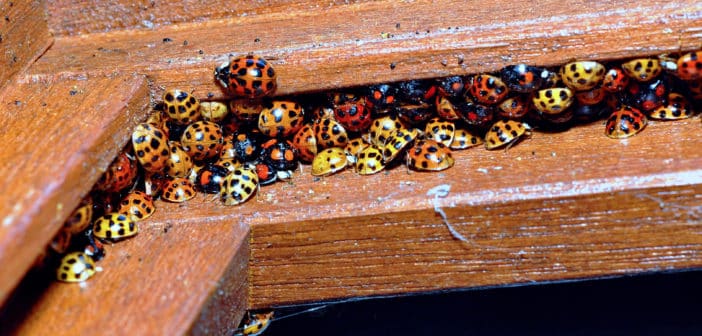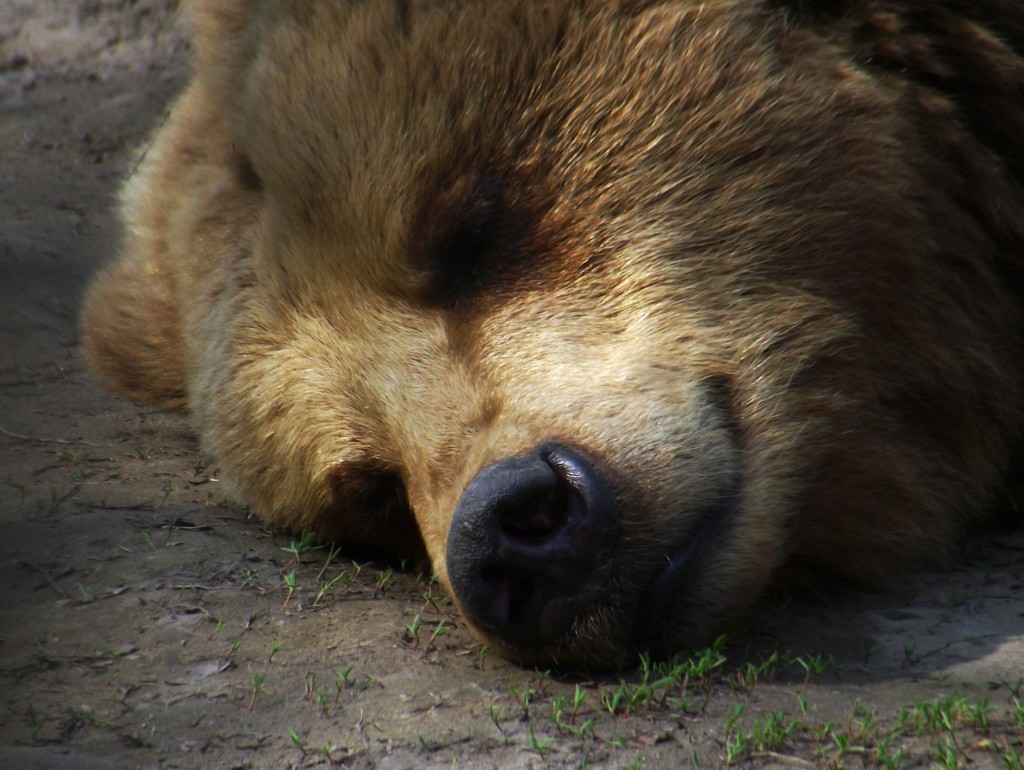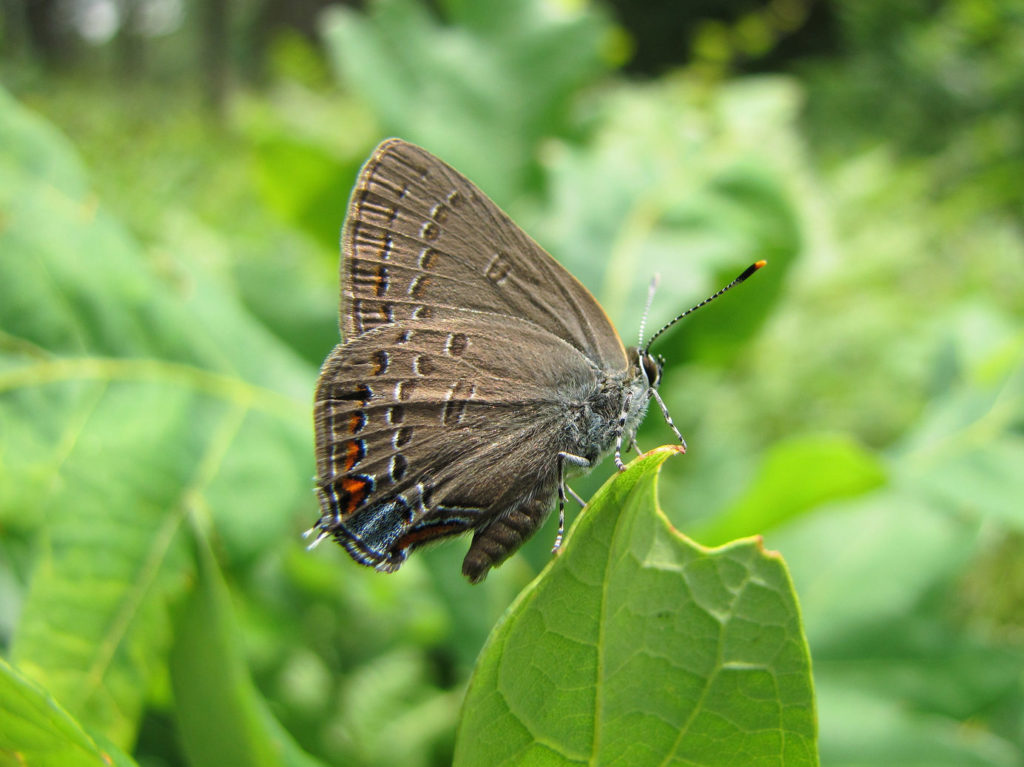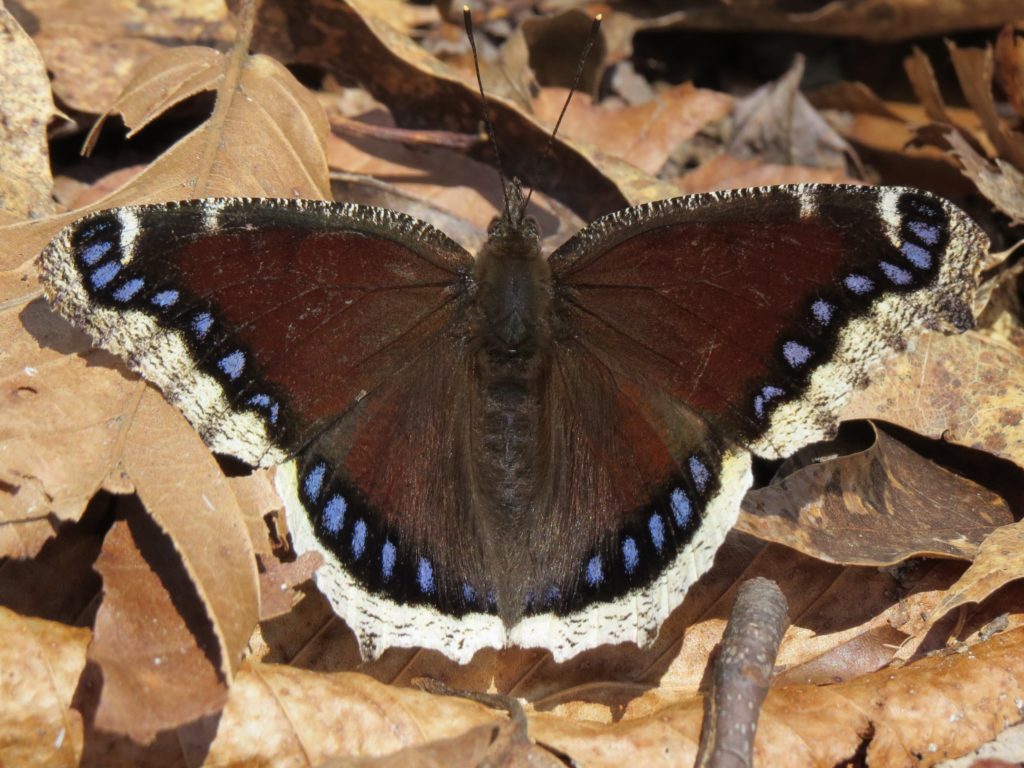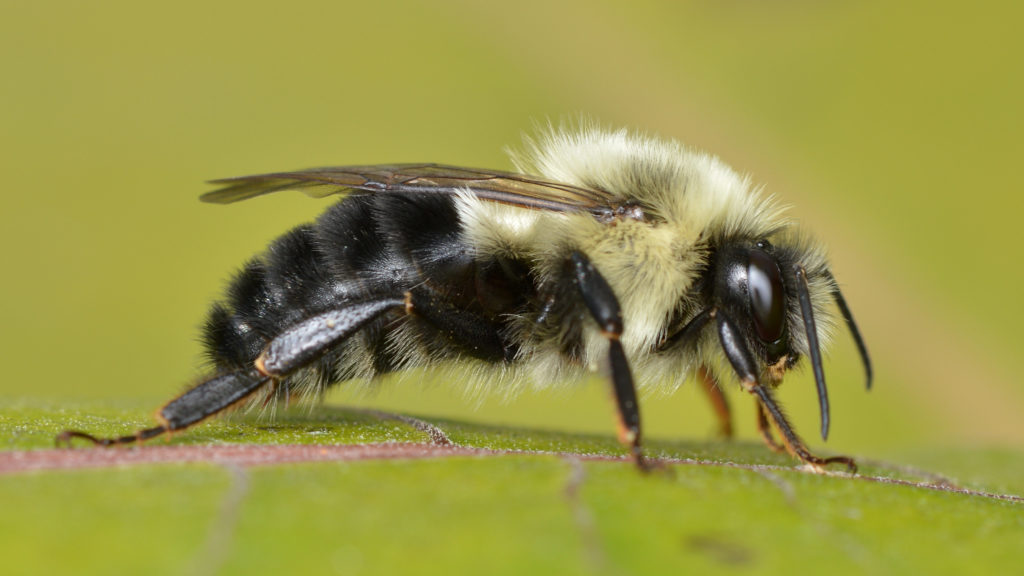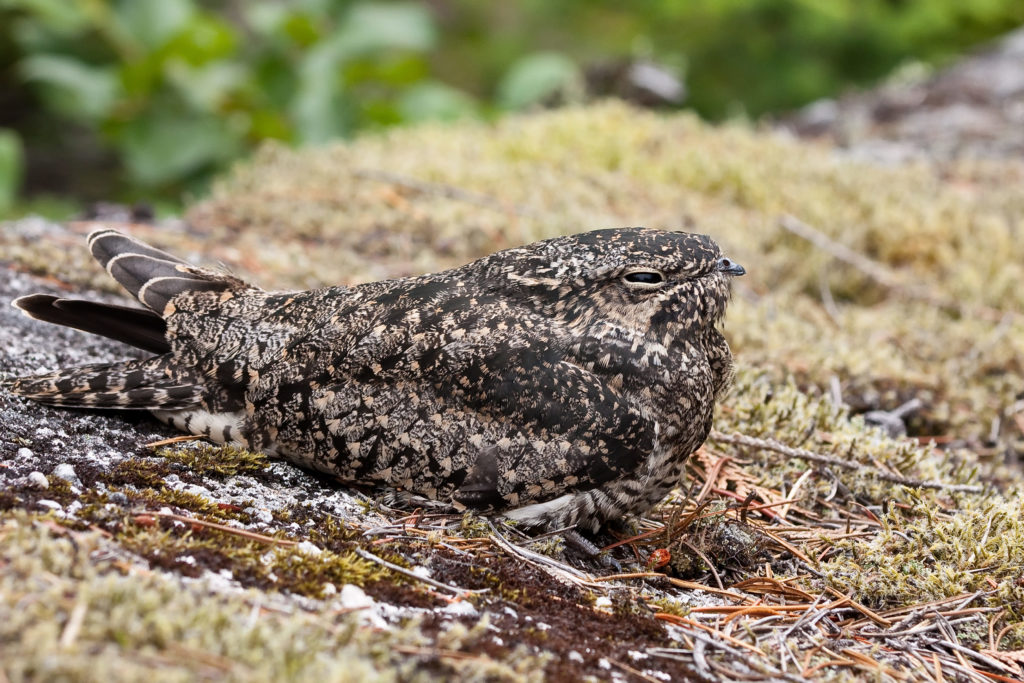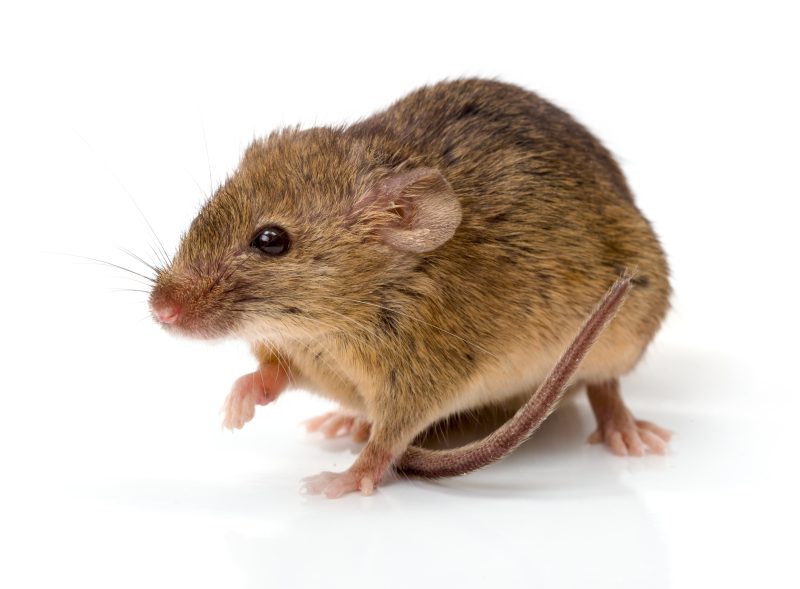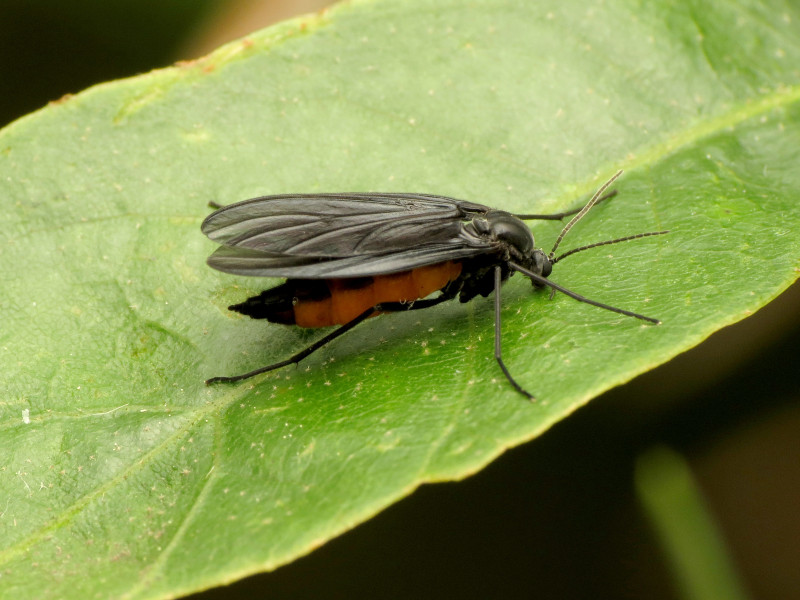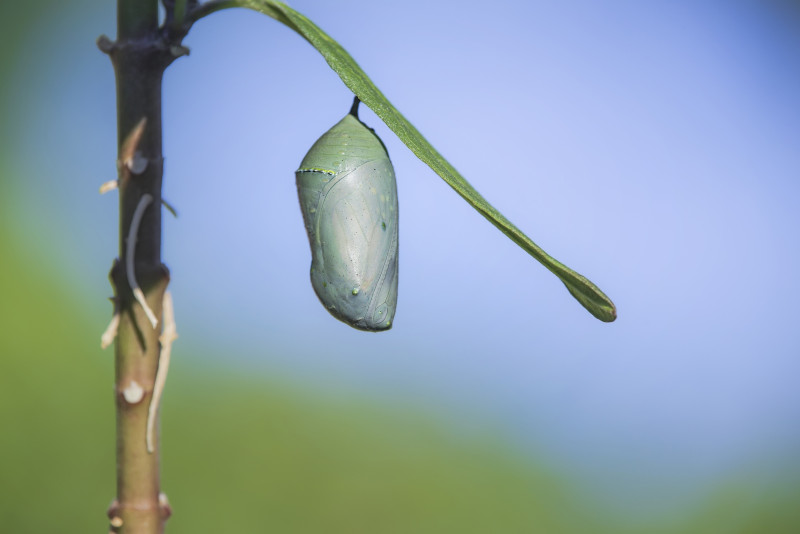Wildlife have devised some surprising, even astonishing, ways to survive, despite the harshness of frigid temperatures and ice and snow. Here’s how they beat the brutality of winter weather.
Bears, the great pretenders?
When you think of hibernating wildlife, do bears come first to mind? They’re well-known for hibernating all winter long. They crawl into dens and spend the winter there, mostly sleeping. But, surprisingly, scientists aren’t so sure they meet the true definition of hibernation because they don’t follow the process of so-called true hibernators. That’s because their metabolic rate and temperature are much less depressed than other hibernating animals, and they awaken easily and may occasionally leave their den. Also, pregnant females deliver and care for their cubs in winter dens.
Still, they go up to 100 or more days without food, slowly burning body fat for energy. They also go without water, and it’s a bit of a mystery how they stay sufficiently hydrated. Only four species actually spend winter in a den, the American Black Bear, Ursus americanus; the Asian Black Bear, Ursus thibetanus; the Brown Bear, Ursus arctos; and the female Polar Bear, Ursus maritimus. Look inside a bear’s den
Hey! Where’s my parka?
Butterflies and moths don’t have insulating fur or feathers, and being cold-blooded (unable to regulate their body temperature), they’re the same temperature as their surroundings. So they’re warm when it’s warm and cold when it’s cold. If it’s freezing, they freeze. So what becomes of these lovelies we enjoy so much from spring to late fall?
Some species migrate south to a warmer climate and move back north in the spring. (The Monarch Butterfly, Danaus plexippus, is a famous example.) Most, however, stay in our yards all winter, hibernating in one stage or another of their life cycle. Sometimes in plain sight, if we know where to look. Others hibernate as adults in any spot that keeps them undetectable to predators and away from winter winds—places like tree cavities, beneath loose tree bark, and in unheated buildings. And there are those that hibernate as eggs, caterpillars, or pupae.
Okay, but how do they do that without a “winter coat,” you might ask? The secret is in their body chemistry. Before winter, they begin secreting a natural “antifreeze” into their body fluids to keep them from freezing. It’s a combination of chemicals that include sorbitol and glycerol and works like antifreeze does in our car radiators. If they can prevent the formation of ice crystals—even if their body temperature drops below freezing—they can survive. More about butterflies and moths
As for other insects, they, too, hibernate in one or another of their life stages. For example, the Harlequin Lady Beetles, Harmonia axyridis,2 shown at the top of this page, are hibernating as adults on a windowsill.
Pssst! Here’s the buzz!
Queen bumblebees1 rule over a busy nest of their offspring all summer long. But their offspring die in the winter, leaving them to endure the cold months ahead alone. So, they leave their nests and bury themselves underground to survive off of their body fat.
They’ll die if they fail to put on enough fat (derived from nectar) to get them through the winter. Like other insects, if their surrounding temperature drops to freezing, their body produces a natural antifreeze to prevent ice crystals from forming.
The little frog that can
You’ve heard of cryogenics, a process used by physicists to produce incredibly low temperatures and, sometimes, suspended animation. We usually read about it regarding the preservation of human eggs, sperm, and blood cells. Well, it so happens that nature does that naturally for some animals.
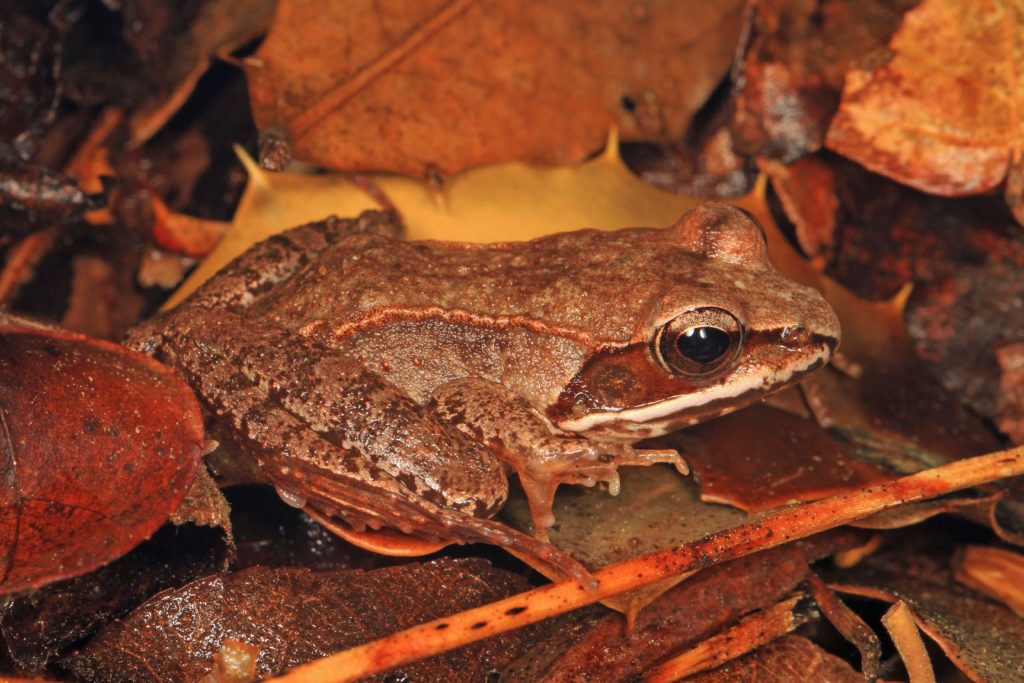
Wood Frogs, Lithobates sylvatica, undergo cryogenic hibernation. (Judy Gallagher / Flickr; CC BY 2.0)
A good example is the North American Wood Frog, Lithobates sylvatica, North America’s most widely distributed amphibian. Only about 2.0 inches (5.1 cm) long, they’re found mainly in wooded areas, from the tree line of the Arctic Circle south through the eastern half of the United States to Georgia. Did you catch the part about the Arctic Circle? Yes, these little guys survive winter up there because their bodies are flooded with natural cryoprotectants, the only frogs that do.
Lying under leaf litter and other organic detritus on the forest floor, their body prepares for freezing weather in two critical ways: Urea (a highly soluble, nearly non-toxic component of urine) collects in their blood. And, their liver glycogen converts to glucose—at 50 times more concentrated than those in a diabetic human—as a response to ice forming in their body. (Commercial antifreeze is made of a sugar alcohol similar to glucose.) Together, the urea and glucose act as “cryoprotectants” to limit the amount of ice that forms and to reduce shrinkage of cells.
Amazingly, so long as no more than 60 percent of their body water freezes, they can survive many freeze/thaw cycles through the winter. Curiously, when temperatures warm up, instead of thawing from the skin inward, their heart and lungs warm first. More about frogs Fascinating video about frozen wood frogs
Whoa there! Watch where you’re stepping!
Birds are noted for either migrating in winter or staying in their year-round habitat to meet its challenges head-on. This one, though, is decidedly different. (Careful, it might be on the ground at your feet!)
Common Poorwills, Chordeiles minor, are the only birds known to “hibernate.” They enter a state called “torpor,” not quite as deep as hibernation but just as effective. Their metabolic rate slows, and their body temperature drops. This allows them to endure long periods when their primary food, flying insects, isn’t available. Studies show they remain completely inactive for as much as 90 percent of the winter.
These birds go into torpor in warm weather, too, if their food supply is insufficient or temperatures drop. They live year-round in open, shrubby, or grassy areas of the Southwest and spread out across the western half of the U.S. during their breeding season. Hopi Indians called them Hölchoko,” the sleeping one.” All about birds
I carry my blankie with me
The features of the Eastern Red Bat, Lasiurus borealis, shown below, are a bit hard to discern because it’s partially wrapped in its long, furry tail membrane. Unlike many other bat species, this one doesn’t roost or hibernate in caves or mines. Instead, they spend their summer in trees and also hibernate there in winter, hanging in tree hollows or even on exposed tree trunks (there are some reports of finding them under leaf litter on the ground).
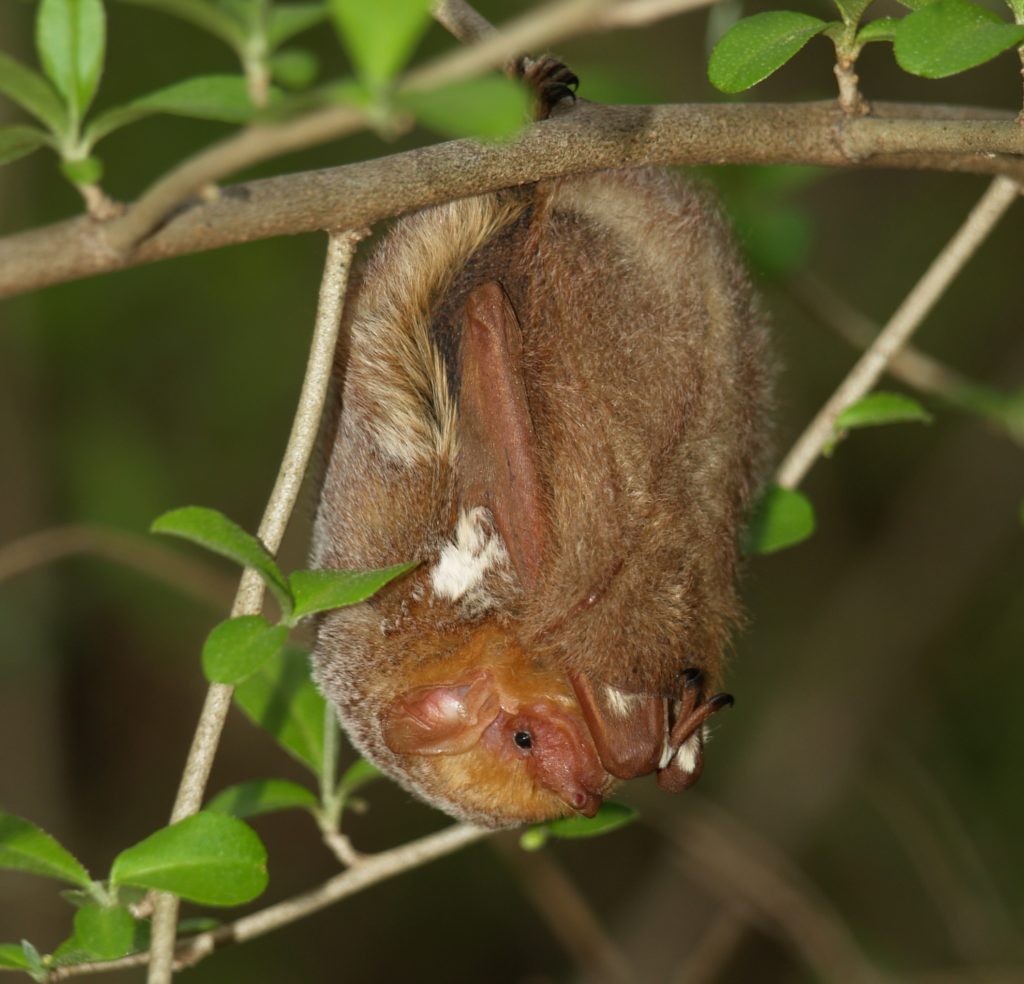
Eastern Red Bat, Lasiurus borealis wrapped in his furry tail membrane (Chris Harshaw / Wiki; CC BY-SA 3.0)
Their fur is long, silky, and warm, and they can use their tail membrane like a blanket, wrapping themselves almost wholly within it. If temperatures drop too low, they’re able to raise their body temperature enough to keep from freezing to death. If, despite these advantages, they should get too cold, they can survive a body temperature as low as 23 °F (-5 °C).
Eastern Red Bats are solitary except when joining together during migration and when mothers have pups in the spring. The bats live across the U.S. in the summer, and those in more northern areas migrate south to more tolerable places in the fall. More about bats
No admittance!
Land snails carry their hibernaculum with them—it’s their shell! They fatten up ahead of winter and then burrow into soil or beneath leaf litter for a safe place to hibernate. Then, they seal up the opening of their shell with layers of dried mucus called an epiphragm.
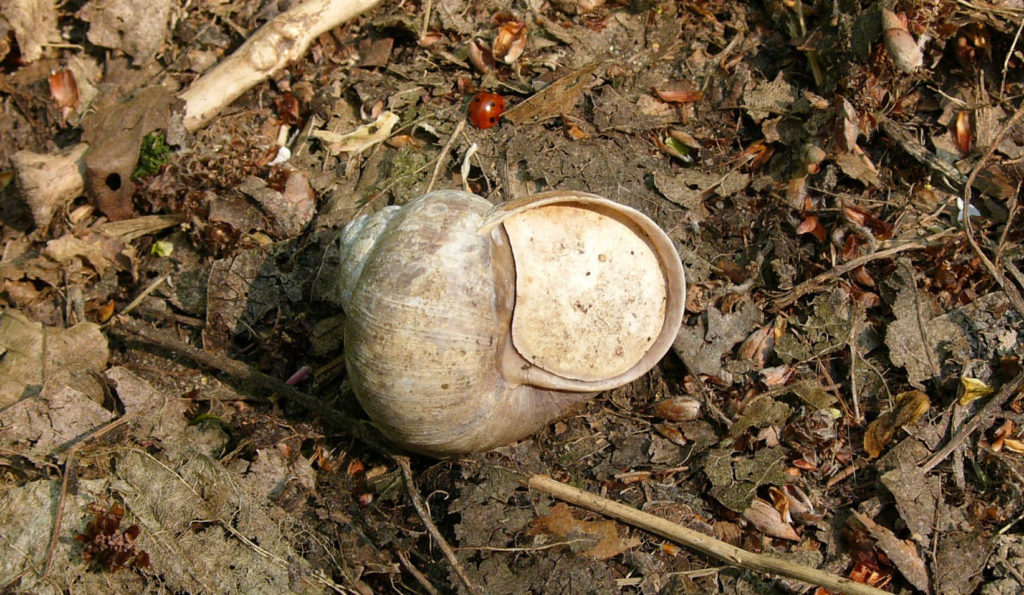
Epiphragm sealing the opening of a hibernating Roman Snail, Helix pomatia (Hannes Grobe / Wiki; CC BY-SA 2.5)
The epiphragm is vital. It sometimes protects them from predators, but more importantly, it seals in moisture. In any season of the year, snails must stay moist to survive.
Slugs, which are shell-less snails, often die in winter, but some species survive by hibernating deep underground. Of course, like snails with shells, they must stay moist, a much harder job for them, so choosing a moist location is imperative. More about snails
1 Bumblebees hibernate; honeybees do not. Honeybees stay active in their hive and live off their stored supply of honey.
2 Also known as the Asian Multicolored Lady Beetle

